
About Unit 7
💭 Essential Question: How did the emergence of social movements from 1800 to 1877, particularly the abolitionist movement, challenge American social and political structures?
Unit 7: Antebellum Reform explores how cultural and political movements of the early 19th century challenged and reshaped American society. The unit begins with a focus on the cultural movements inspired by the Second Great Awakening and the Hudson River School, which encouraged Americans to reflect on morality, identity, and the future of the nation. Students then examine how reformers responded to rapid social change by working to address issues such as alcohol abuse, prison conditions, labor exploitation, and women’s rights. At the heart of the unit is the abolition movement, which confronted the deep contradictions between the ideals of American democracy and the continued existence of slavery. Students analyze how enslaved people, writers, organizers, and orators—many of whom were excluded from political power—defied injustice and fought for freedom. Through the final assessment, an Abolitionist Project, students will evaluate the experiences, arguments, and activism of key abolitionists to determine how their voices contributed to a broader movement for justice and equality in America.
%20(800%20x%20200%20px)-Jun-16-2025-03-52-14-7219-PM.png)
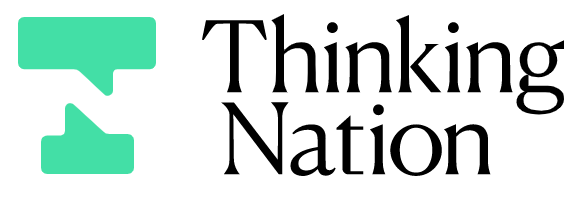

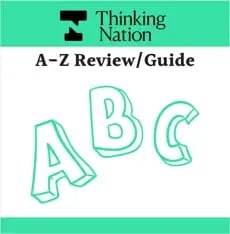
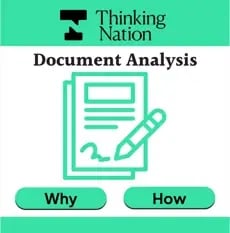
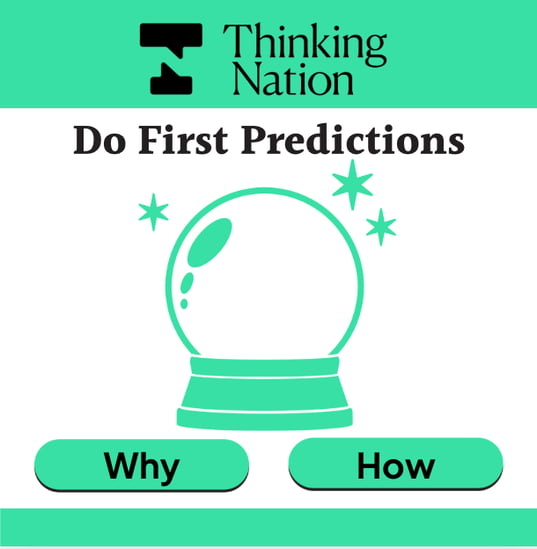
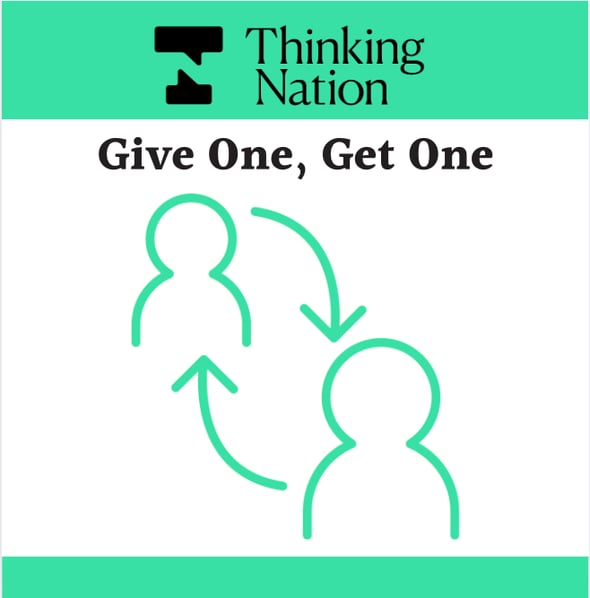
%20(800%20x%20200%20px)-Jul-25-2025-10-05-34-0370-PM.png)